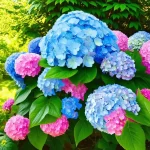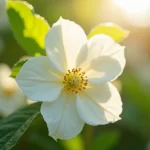Little Quick Fire Hydrangea is a compact, dwarf form of the popular Quick Fire hydrangea. It blooms early in the season, typically about a month ahead of Other hydrangeas, making it an excellent choice for extending the hydrangea blooming period in your garden. With its striking white flowers that transition to pink-red as summer deepens, this delightful plant not only enhances any landscape but is also ideal for container gardening.
Characteristics of Little Quick Fire Hydrangea
The Little Quick Fire Hydrangea (Hydrangea paniculata ‘Little Quick Fire’) stands out for its:
- Early Blooming: It flowers significantly earlier than most hydrangeas, creating a lovely display beginning in mid-summer.
- Compact Size: Growing to a height of only 3 to 5 feet, it’s perfect for small gardens or as part of a mixed border.
- Color Transition: The blooms start as creamy white and transition through various shades of pink and red, providing a dynamic visual appeal throughout the summer and into fall.
- Hardy Nature: This plant is hardy in USDA Zones 3-8, making it suitable for a wide range of climates.
| Characteristic | Detail |
|---|---|
| Plant Type | Deciduous shrub |
| Mature Height | 3-5 feet |
| Bloom Time | Mid-summer to fall |
| Flower Color | White to pink-red |
| Hardiness Zones | 3-8 |
| Sunlight Requirement | Full sun to partial shade |
| Soil Type | Well-drained, average moisture |
Growing Conditions
Sunlight
The Little Quick Fire Hydrangea thrives best when planted in full sun but can tolerate partial shade. Select a location that receives at least six hours of direct sunlight each day for optimal blooming.
Soil
This hydrangea prefers well-drained soils with moderate moisture levels. The ideal pH ranges from slightly acidic to neutral (5.0-7.0). Amend your soil with organic matter like compost to improve drainage and nutrition.
Watering
While water needs can vary based on climate and season, a general rule of thumb is to provide about an inch of water weekly. In very dry periods, consider deep watering to encourage robust root development.
Fertilizing
Fertilization should occur in early spring, before new growth begins. A balanced slow-release fertilizer designed for flowering plants will suffice. Always follow the manufacturer’s instructions for application rates.
Maintenance Tips
Regular maintenance enhances the health and appearance of your Little Quick Fire Hydrangea. Key practices include:
- Pruning: Light pruning can be done in late winter to early spring to maintain shape and promote healthy growth. Remove dead or weak stems and spent flowers.
- Mulching: Apply a layer of mulch around the base to retain moisture and suppress weeds.
- Pest and Disease Management: Regularly check for signs of aphids or powdery mildew. If problems arise, treat with suitable organic or chemical remedies.
Companion Plants for Little Quick Fire Hydrangea
When crafting a visually appealing garden layout, consider these Companion Plants that pair beautifully with Little Quick Fire Hydrangea:
- Daylilies (Hemerocallis): Their vibrant blooms complement the hydrangea and offer continuous color.
- Hostas: Their lush foliage provides a great contrast to the hydrangea’s blooms.
- Sedum: These drought-resistant varieties create a lovely boundary or ground cover around the hydrangea.
A well-planned companion planting scheme can enhance the aesthetic appeal of your garden while supporting overall plant health.
Design Ideas with Little Quick Fire Hydrangea
Garden Borders
Given its compact size, Little Quick Fire Hydrangea is ideal for borders or as a specimen plant. It offers versatility in landscaping and can be planted along pathways, in mixed flower beds, or as part of a foundation planting around homes.
Container Gardening
This hydrangea does well in containers, allowing you to brighten patios, decks, or balconies. Ensure the container has ample drainage holes and use a quality potting mix.
Cut Flower Arrangements
The stunning blooms of Little Quick Fire Hydrangea make excellent cut flowers. Their longevity and changing colors add interest to floral arrangements for your home or events.
FAQ
How can I propagate Little Quick Fire Hydrangea?
Propagation can be achieved through softwood cuttings in the summer, or by layering in spring. Be sure to keep the cuttings moist and in a shaded area until roots develop.
Why are the leaves turning brown?
Brown leaves can be a sign of environmental stress, including underwatering or overexposure to sunlight. Ensure regular watering and consider relocating the plant to a shadier spot if necessary.
Is it possible to change the color of the flowers?
Unlike blue varieties of hydrangeas, Little Quick Fire Hydrangea has flowers that transition from white to pink-red and does not change color based on soil pH.
Where can I buy Little Quick Fire Hydrangea?
You can purchase Little Quick Fire Hydrangea at reputable plant nurseries or through online retailers like Proven Winners: Learn More.
What is the best way to prune Little Quick Fire Hydrangea?
A light pruning in late winter or early spring will help maintain shape and encourage new growth. Remove any dead flowers and thin out crowded areas.
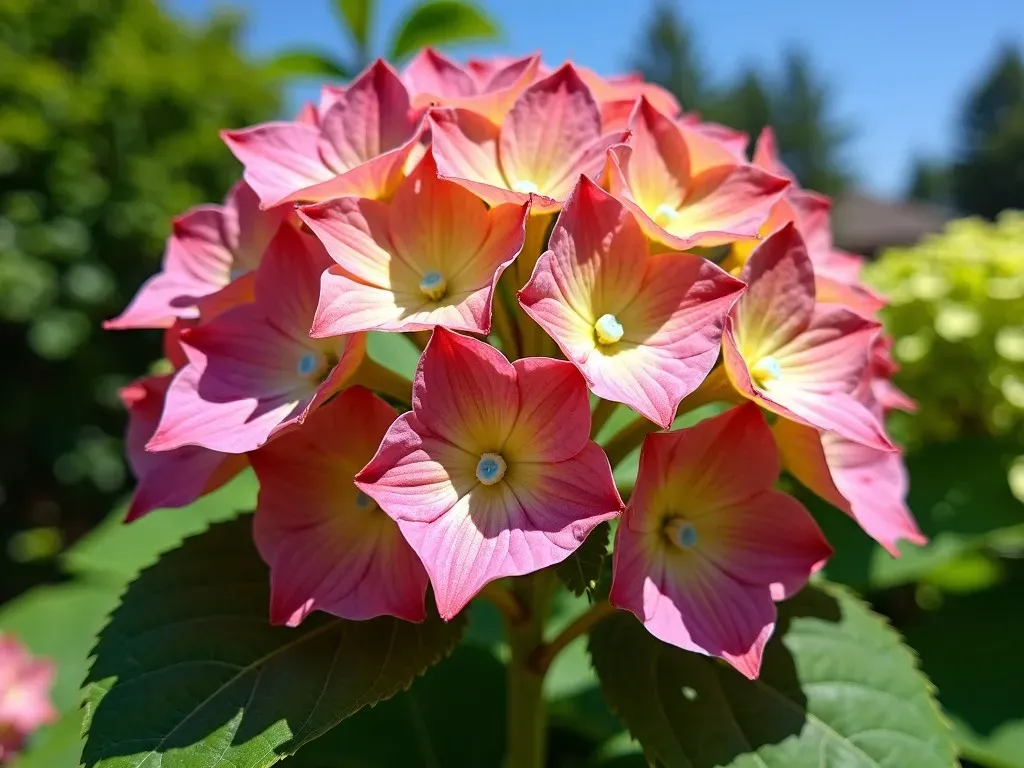
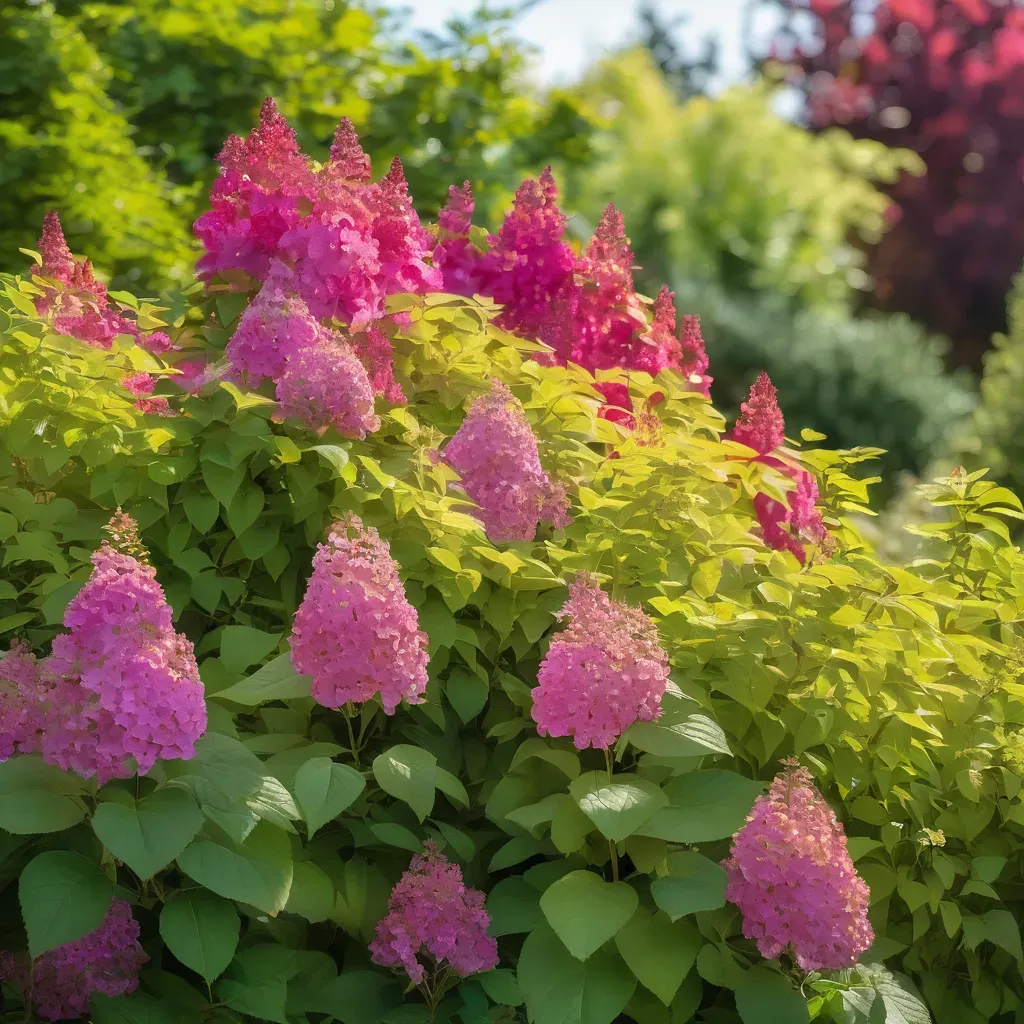
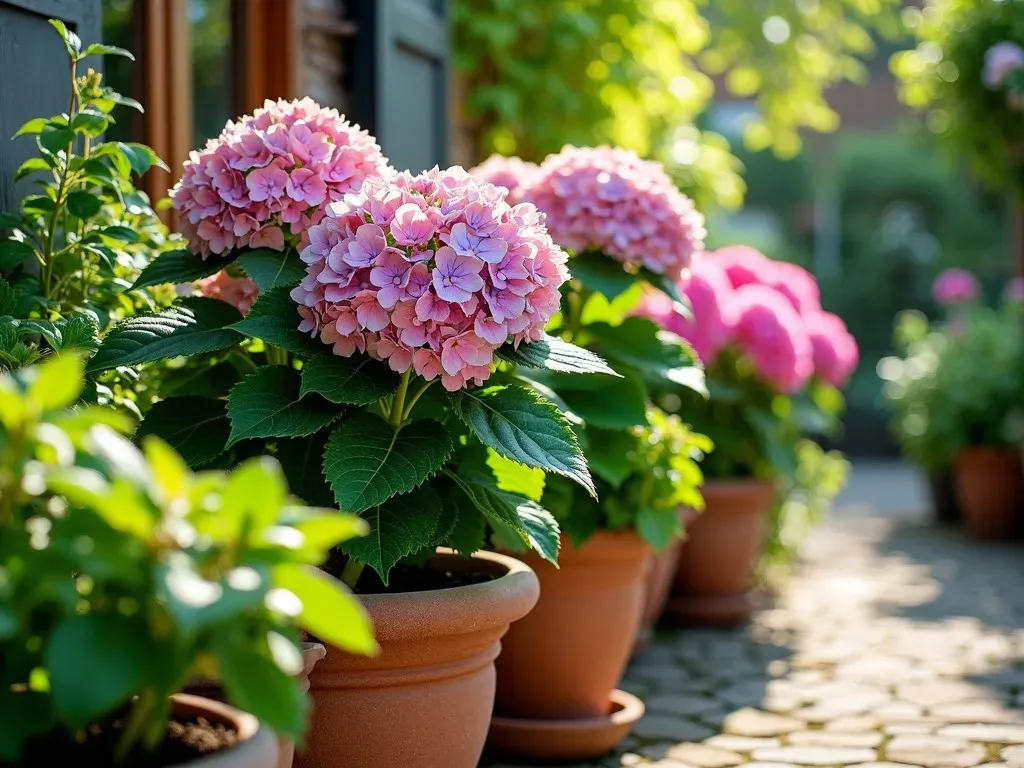
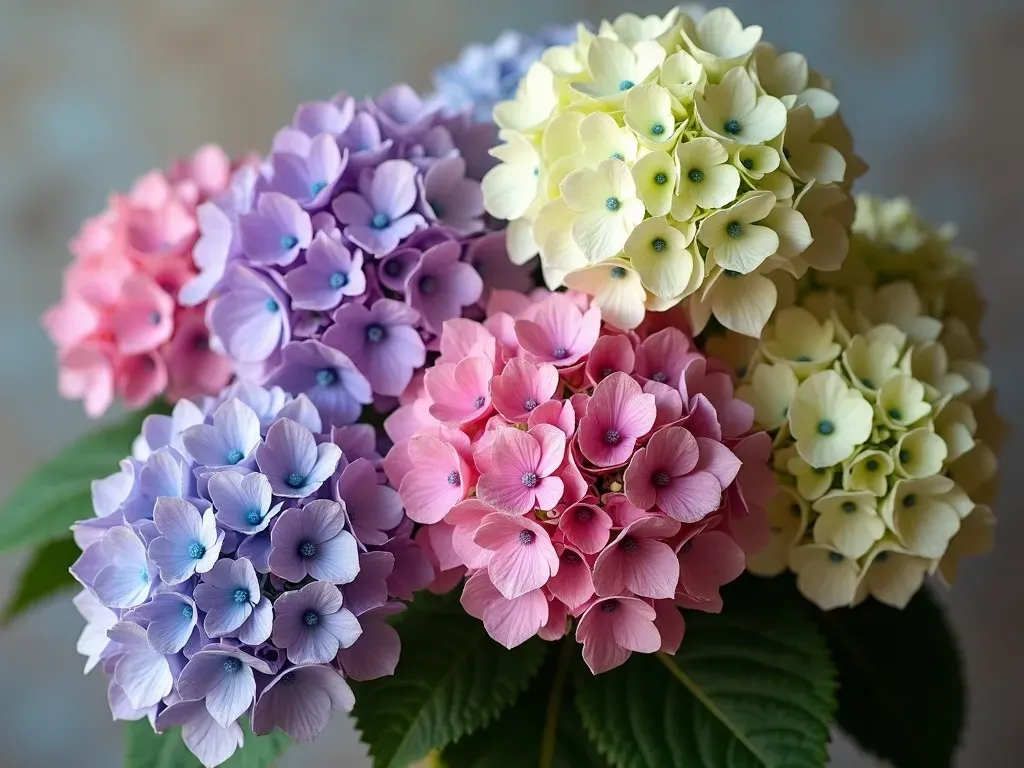
With the right care and placement, Little Quick Fire Hydrangea will bring life to your garden throughout the summer, making it an essential addition for any gardening enthusiast!

